After The Renaissance
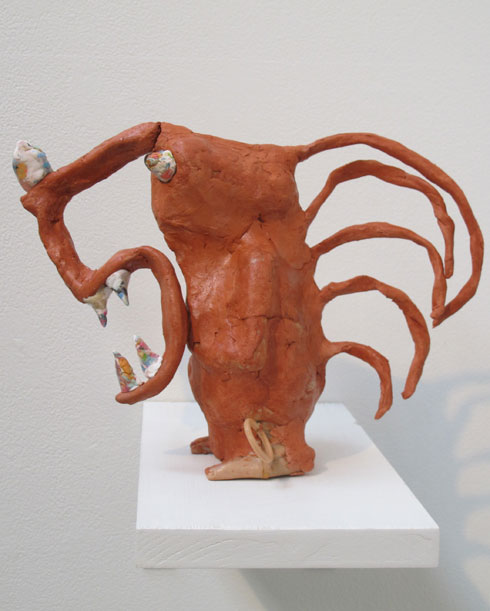
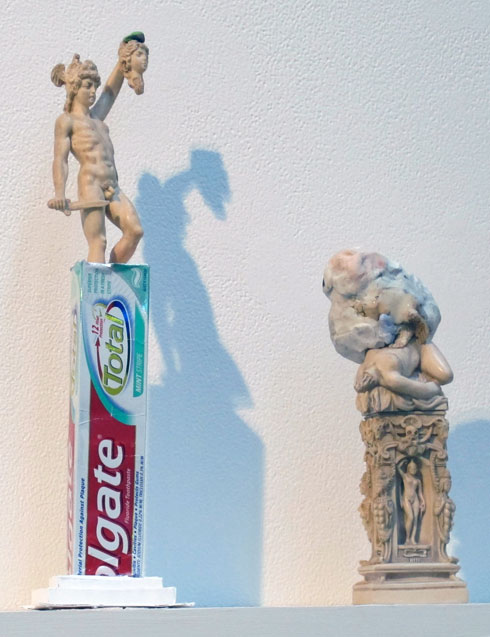
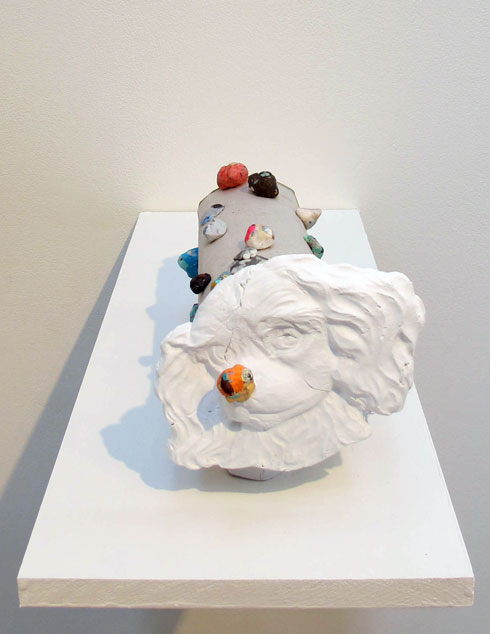
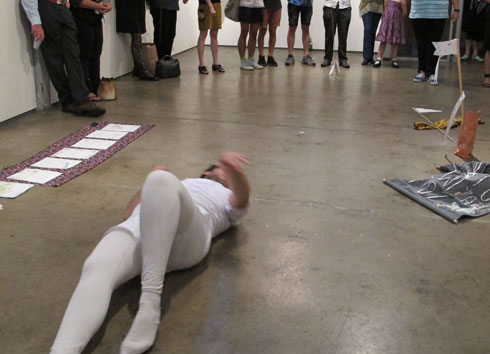
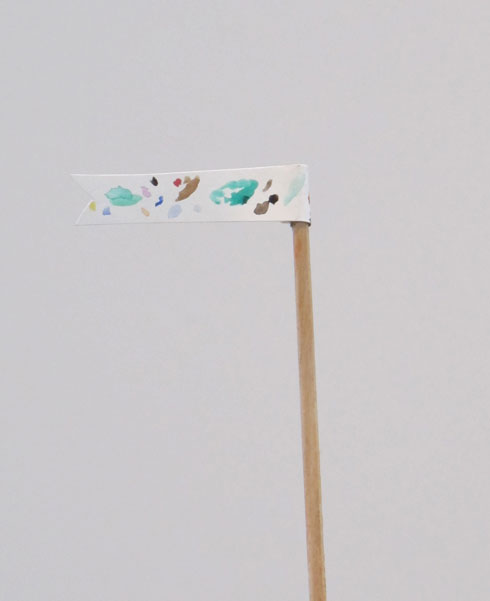
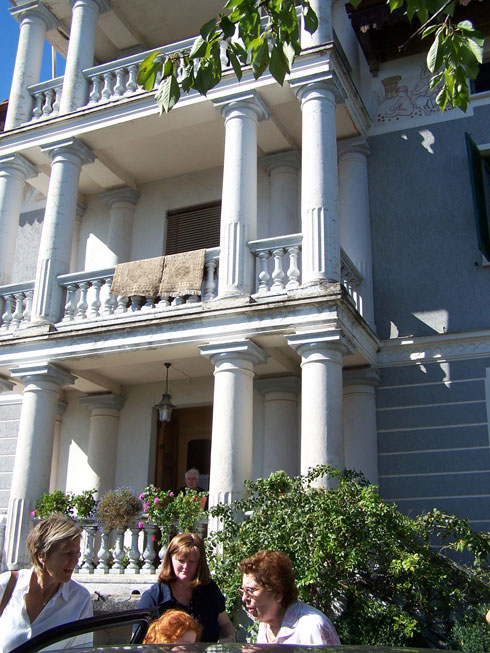
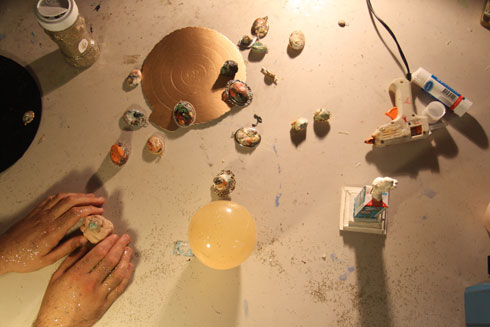
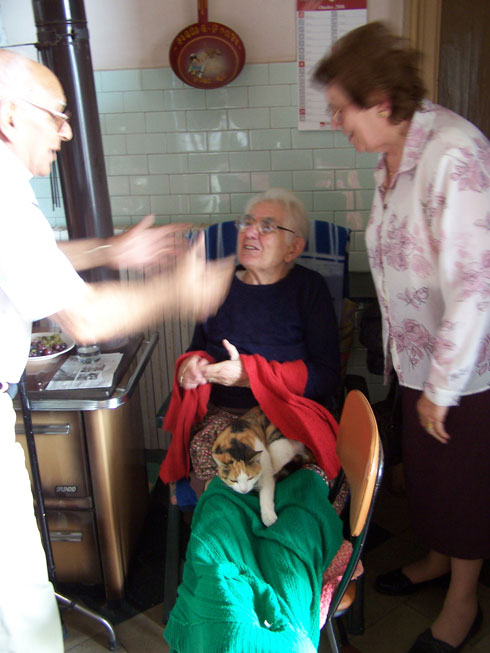
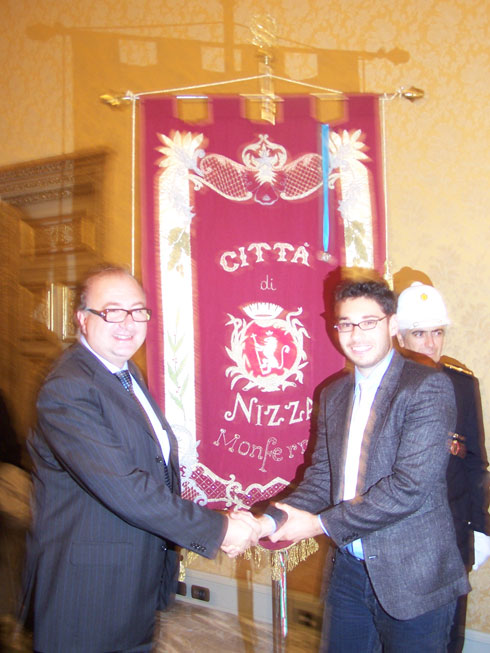
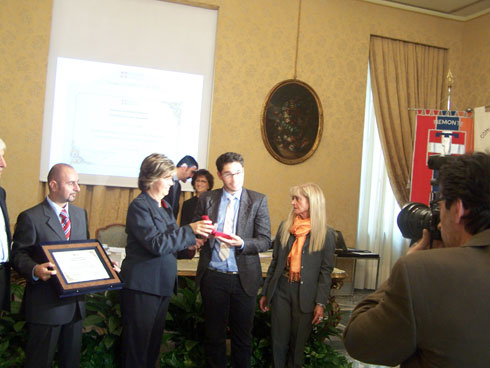
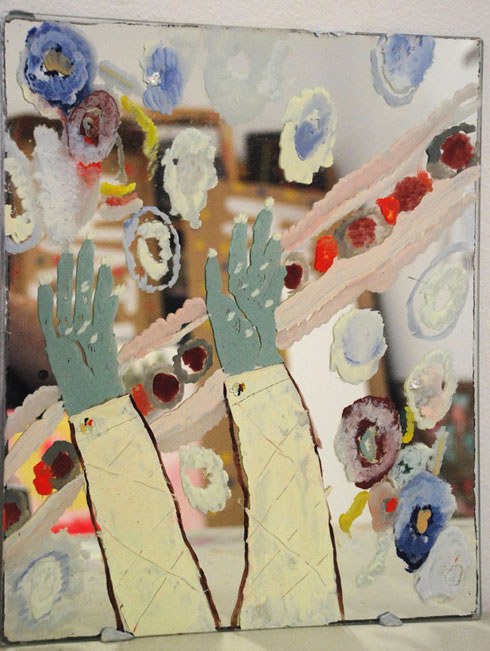
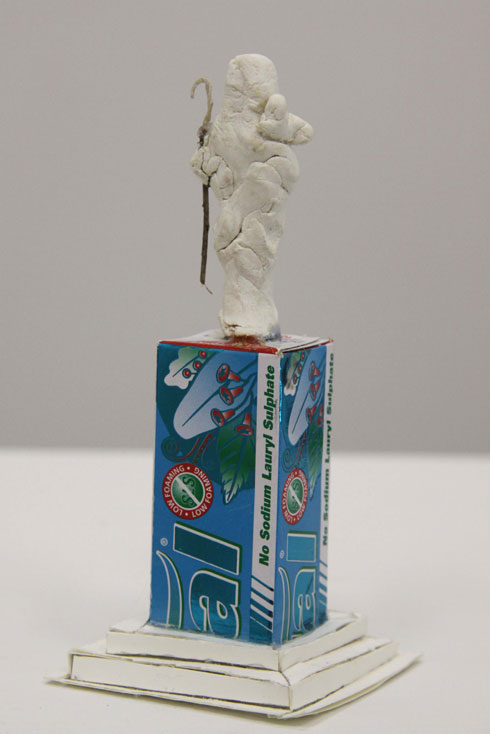
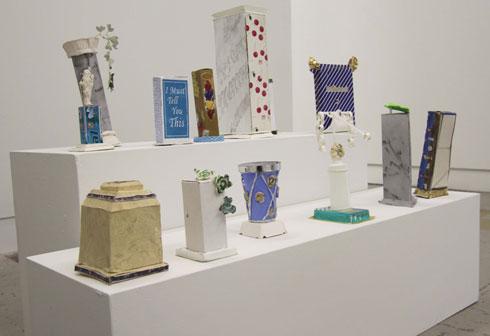 Text: Ivan Ruhle Images: David Capra
Text: Ivan Ruhle Images: David Capra
On September the 15th 2011, I flew to Europe in order to walk around and see the sites. On my first day in the continent I met an artist named David Capra. I soon discovered that David was from Sydney also. This coincidental regional bond was soon replaced with a greater, more meaningful solidarity based on shared interests such as the illustrator Saul Steinberg and the delight and melancholy of community work. I was also interested in David’s art, he told me that he was interested in prophecy and mysticism, topics I do not understand, and he made images and objects that were an uncanny combination of gentleness and contained chaos.
Now it is September the 27th and Mr Capra and I have traveled to Nizza Monferrato in Northern Italy where we will visit with his family while staying at their ancestral vineyard.
The following conversation occurred after breakfast.
Ivan Ruhle: You and I can see the building clearly, as we’re standing in front of it, but I was wondering if you could describe your family’s vineyard for the readers.
David Capra: Well, it’s called the l’Annunziata (The Annunciation). It’s a little like Italy’s version of the Tara plantation in Gone with the Wind, isn’t it? These tall white columns appear fat and overgrown from all the fine cheese and wine it’s been consuming. Can you see the cherubim painted crudely on the frieze going all around the building? Well, these look like Disney characters now (my nonna tells me that got them touched up in the 80s) yet, they were initially painted in the fine tradition of the old Italian masters. The little garden used to be kept by my Zia who was usually found here with her cat sitting on her lap. Sadly, she nor the cat won’t be found here today, which I will explain later.
IR: I was struck by the classicism of the vineyard’s homestead and those big, bulbous Doric columns that frame the balconies. This made me think of your sculpture, which often feature what seem like half-remembered classical features. I was wondering if your time in Italy has had an impact on your imagination?
DC: Yes, certainly did. What stayed with me most was how much of Italy felt the need to yield to the decorative. I wasn’t prepared for the extent of it; even plain walls in Geneva are painted to resemble classical relief features, like a theme park, almost to justify its existence. I really enjoyed this and would find it quite funny, especially when they were imbued with the spiritual, say a saint’s hip bone displayed in an ornate glass construction. I guess my work is a mixture of my own off-centre humor and my need to make things ornamental.
IR: I was interested to learn that scholars think the Ancient Greeks first built all their temples from wood. Eventually there was a transition where the wood was exchanged for stone. This is referred to as petrification as though the wooden temples were literally petrifying. Your sculpture often combines solid, prefigured elements such as vases and figurines with soft, mutable materials. Is it important to you that your materials remain open to change?
DC: Really, I did not know this! A recent work I made was formed out of a decorative base taken from a souvenir of a Greek mythical character. It was given to me by my nonna in two parts so I could repair it with my good super glue. She doesn’t know as yet that they formed the basis of two works. I fashioned plasticine on top of this small plinth. It resembled a floral bouquet, and for me, was like making tangible the weight of a mystical exchange. Last time I was in Italy, I stayed in a Franciscan monastery (I knew one of the monks there. My great-grandmother had paid for his ordination 50 years ago) where I witnessed a meditative approach to working with objects. My work embraces craft practices in a similar way. My work does undergo a transformation: once finished, they may fall apart or gather dust. I see my sculptures acting as props, always taking on a new and different function, made to serve an imaginary purpose.
IR: You mention that your sculptures serve as props for an imaginary purpose. I was wondering what this purpose might be?
DC: It does depend on the object, I have been making watercolours of late and cutting them into small banners and flags. I spin with them in my performances. I also made ‘Prayers for Sausage Dog’, covered in plasticine gems, which is made to spin, having no real function at all. It is evident a conflict exists between the artist and the work I create; I often feel pressure to make work that serves a purpose. Often I work with materials I find completely unappealing so they don’t get in the way too much. ‘Victory Helmet’ was made of a large paper floral bouquet stuck onto a bike helmet. This was bought by a collector who has told me they put on my head covering when feeling heavy and parade up and down the house proclaiming victorious declarations. I like imagining my work becoming a natural part of someone’s day, in a crazed sort of way.
IR: One thing that has struck me about Nizza Monferrato is that it is a real working person’s village. The vineyards come right to the very edge of the town centre. What do you think the working class hero Gene Kelley would have done while he was here?
DC: Well, I could imagine him being employed by my Zia to pick the grapes, swinging around the poles and later followed by a tap routine handing out gelatos in the town square to the children. My dances usually act more as spiritual warfare in the form of improvised inspired intercessory and prophetic dance, yet I do take notes from Mr Kelly frequently. Last time I was here I undertook a dance that seemed to start off a chain of events- events that cover me with a blanket of guilt, making me feel queasy. It started like this: I was below in the vineyard house late at night watching something on television and a musical interlude lead me to do this wild dance while everyone was asleep. Except the family cat, who got such a fright that it ran out the window. Days passed and the cat still hadn’t been found, until someone went for a walk and found it dead by a footpath. It was not acquainted to the night and I fear it died because it felt it couldn’t face my exuberant body movements. A few months later my Zia died, I hope not from loneliness, as that cat was her closest companion. I do hope my family don’t read this.
IR: We’ve been eating big, three course, espresso capped lunches since we arrived here in Nizza Monferrato, and it’s about lunchtime right now. I know that dancing is important to the way you make art. Do you think that, similar to lunch, there is a specific time of the day that people should dance?
DC: I think I should make it clear I am not a professional dancer, yet I think people should dance every chance they have. Back at home I have just moved into a new studio, an open-plan office space, still with dividers in place. There is not much privacy, so I am not sure how comfortable I will be dancing in front of the other artists. It is something I do quite a bit in the studio to keep my energy levels up, build momentum and process my thoughts. Kermit the Frog says, “I’ve got a dream too, but it’s about singing and dancing and making people happy. That’s the kind of dream that gets better the more people you share it with.” I find that so simple and delightful. It really resonates with me.
IR: You told me before you came over to Europe that you were working on a project in Five-Dock. Could you reveal more?
DC: It’s a 25 meter permanent work on the facade of Five Dock library. My own motifs were laser cut onto holographic material and dispersed across the windows. It was really strange seeing doodlings I made in notebooks be reproduced on that scale. The designs are delicate, yet quite eccentric. Some resemble airborne floral machines, gemstones, invented languages and billowing union jakes. They seem to cause people to daydream, as you naturally shift your vision between the windows, animating the view outside.
IR: Could you imagine staging a similar project in Italy, which as you have
pointed out, is a great tapestry of ornamentation and public art?
DC: I think Italy’s sites have so much potential for artists to work with yet it is difficult to make things happen here and contemporary practices are not widely supported. Imagine working within the catacombs or the Villa Borghese, the incredible home of the Borghese family filled with Bernini’s white marble work? Or imagine performing in the Vatican? I think if I had the chance I would do something along those lines. I am about to curate a project with Parramatta Artists Studios, where contemporary artists (including myself) are designing ecclesiastical banners to be displayed in churches in Parramatta. I am particularly looking forward to working with the church craft group.
IR: We’ve encountered quite a few saints on our travels. I would be interested to know your thoughts on the more mystical aspects of sainthood.
DC: When I was staying at the monastery last time, I kept asking myself what a saint would look like today. I would sit and read from their library of accounts of Saint Francis doing a naked jig before the Pope, saints flying in the air or escaping padlocked cells. I was hoping I would encounter something similar, yet was a little disappointed. (I have one memory of bidding everyone good night at the monastery and spotted that they were all watching CSI dubbed in Italian). I have been doing research and have found brilliant stories of missionaries dodging bullets and being rescued by angels disguised as truckies wearing flannelette in four-wheel drives, just like a Touched By An Angel episode. Or the 1920s Christian missionary Sadhu Sundar Singh, who is said to have met a 300 year-old man who lived in a cave at the foothills of the Himalayas, who spent his time in states of ecstasy, interceding for the world through prayer and having his food delivered, serviced by angels. Some believe Sadhu went to go live in this cave too as his body has never been found. I have also been hearing about this ecstatic lady in Indonesia who was asked to not take communion anymore as a she would make such a spectacle each service, people were coming far and wide to see her. The priest told her she could only sit quietly in the back seat. In one service the communion bread flew out of the Priest’s grip and landed in her mouth where she was sitting at the other end of the church.
David Capra
Next story: Icy Poles And Sausage Rolls – Brett Redman



